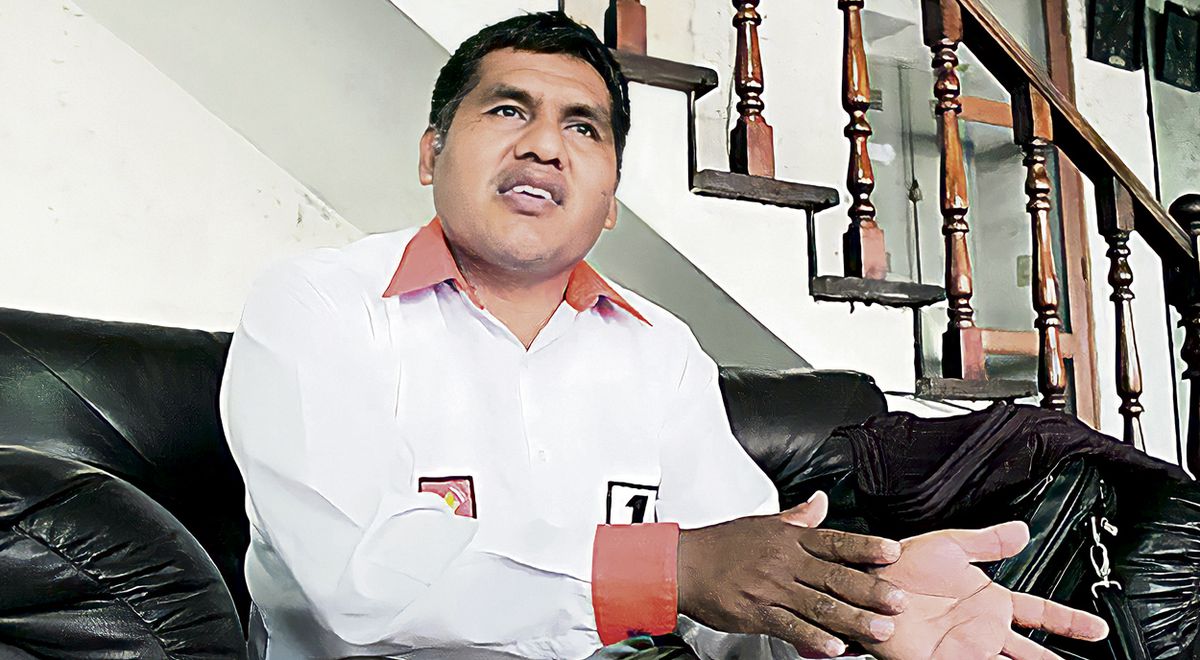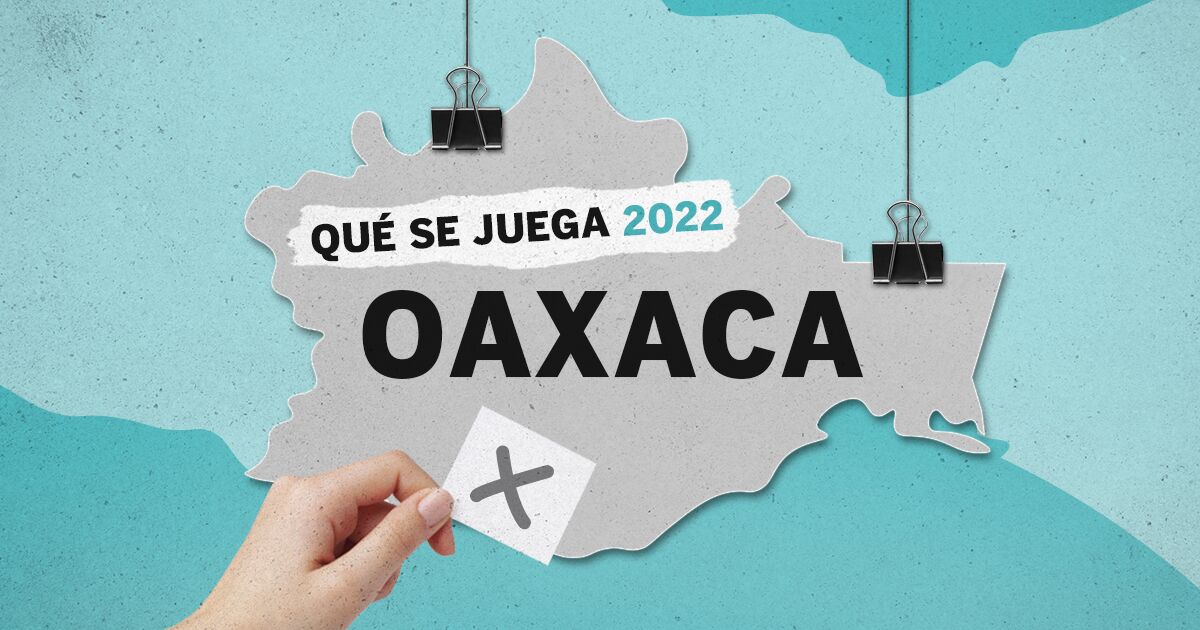As a utility plant operator in Modesto, a city of nearly a quarter of a million people in California’s San Joaquin Valley, Green helps keep the city’s sewers flowing and its wastewater treated at acceptable safety levels.
But in recent months, Green and his colleagues have added Covid-19 research to their assignments.
At the treatment plant where Modesto’s sewer pipes converge, larger items are filtered, from baby wipes that shouldn’t be flushed down the toilet, to car parts. What is left is taken to a giant vat, where the solids settle to the bottom.
Researchers mine samples of that dark mud from 3 feet deep in search of SARS-CoV-2, the virus that causes covid.
Across the country, academics, private companies, public health departments and wastewater treatment plant operators have been working to refine this new public health tool, with uses that could go far beyond Covid.
Wastewater monitoring is not a new concept, but the scale and scope of the current pandemic have caused the technique to jump the narrow walls of academic research into broader public use, as a crucial tool for global monitoring. community of sudden increases in covid cases, and new variants.
Wastewater monitoring is proving so useful that many researchers and public health officials say it should become standard practice in tracking infectious diseases, as it already is in many other countries.
But whether that happens, and the communities that can implement it, depends on the nation’s ability to vastly scale up the approach and make it viable in both rich and poor communities.
Like many other public health tools, wastewater testing first started in big cities and college campuses with access to research expertise, equipment, and money. The Modesto project offers insight into the challenges and opportunities of making this technology available in communities with more limited resources.
“More resources should be pumped into places that are underserved because they have a disproportionate burden of disease,” said Colleen Naughton, an engineering professor at the University of California-Merced who is helping set up testing in Merced, Modesto and the towns. farms around the Central Valley.
William Wong, director of utilities for Modesto, oversees water and sewer operations. Since the beginning of the pandemic, he has wanted to monitor the city’s sewage for SARS-CoV-2. It is a natural extension of his work; the safe disposal of excreta is the foundation of both public health and modern society. “We always consider that what we do is to protect public health,” Wong said.
For covid surveillance, wastewater is not subject to the complicated inconsistencies that come with human coronavirus testing. The shortage of covid tests has been a persistent problem during the pandemic, stemming from both supply chain deficiencies and the wide variation in the response of local governments.
Long delays in test results can set health officials back weeks in detecting and tracking trends in infection.
More recently, home tests have proliferated, the results of which rarely reach public health departments. And for people living in low-income communities, there are incentives not to get tested at all, said Dr. Julie Vaishampayan, health officer for Stanislaus County, where Modesto is located.
A positive test can be a big problem for people who can’t take time off work or keep their kids out of school.
By contrast, wastewater monitoring is an effective and relatively low-budget endeavor, less dependent on human whim. Everyone poops, and around 80% of Americans deposit their solids into a sewer system.
Dozens of research projects across the country have shown that the method can be used to accurately track Covid trends over time. And because people shed Covid in their stool before they show symptoms, ups and downs in neighborhood and community-level infections can show up in the mud several days before they show up in tests.
Other health problems also leave their mark on poop. Recent research has found wastewater monitoring to be a reliable method for monitor the flu and the common respiratory disease RSV.
The Centers for Disease Control and Prevention (CDC) told KHN that they will soon launch pilot studies to see if wastewater can reveal trends in antibiotic-resistant infections, foodborne illnesses and candida aurisa fungal infection.
There are places where sewage may not be a great way to control covid. That includes communities without sewers; areas with industrial wastewater, where treatment techniques can “hide” the virus; and communities with large population fluctuations, such as ski resorts.
But when it is available, data has already proven to be powerful. During the winter surge caused by omicron, California, Colorado, New York, and Texas variant was detected for the first time through sewage. Central Valley health officials have said sewage monitoring has reassured them that the declines in Covid cases are real and not a distorted reflection of declines in reported testing.
In Modesto, the wastewater also revealed that the delta variant remained the dominant strain well into January, weeks after omicron had conquered elsewhere. That was important, Vaishampayan said, because some of the available treatments that don’t work for omicron are effective against delta.
His department told local doctors to keep using the full range of drugs, even after other areas had reduced their arsenal of treatments.
Having academic researchers kick-start the program made the effort possible, said Kristynn Sullivan, chief epidemiologist for Merced County, where two testing sites are being set up.
“We were interested in him theoretically, but we absolutely would not have had the resources to go after him,” Sullivan said. “What this allowed us to do is get into something that’s cutting edge, that’s exciting, with fairly limited participation.”
He added that for the first time in his public health career, money is not an impediment. What it lacks most is people: In addition to being short-staffed after years of budget cuts, it’s hard to recruit workers for the area, Sullivan said, a problem shared by rural health departments across the country.
And it took considerable effort to set up, said Naughton, the engineering professor who helped build surveillance programs in the northern Central Valley. It involved the coordination of the sampling team; arrange for refrigerators, ice chests, and ice to store samples; navigate complex paperwork; coordinate messengers; and the complex analyzes required to transform sludge sampling results into population-level infection data.
In a recently published article, Naughton and colleagues found that urban areas in California are much more likely to have sewage monitoring than rural communities. Through the surveillance network he is establishing with his colleagues at UC-Davis, which encompasses eight new Central Valley sites, Naughton hopes to help change that. The collaboration it is paid for with state and federal grant funds, CARES Act money, and philanthropic donations.
Nearly 700 sites in three-quarters of the states are now reporting data to the CDC-established National Wastewater Monitoring System, including more than 30 California sites. In many states, however, data is sparse and sporadic.
Still, having that national network will be critical going forward, health officials said, as researchers translate the raw data into usable information and compare trends across regions. But it will take sustained public will and some updates to keep it useful.
The CDC program is funded through 2025. The Central Valley initiative has one year of funding, though researchers hope to continue the project through at least 2023.
In Modesto, utility workers said they are happy to take advantage of the poop supply as long as funding is available. “I love seeing how the data is used,” said Ben Koehler, superintendent of water quality control and lead operator of the city’s plant. “People want to know that their work has a purpose.”






